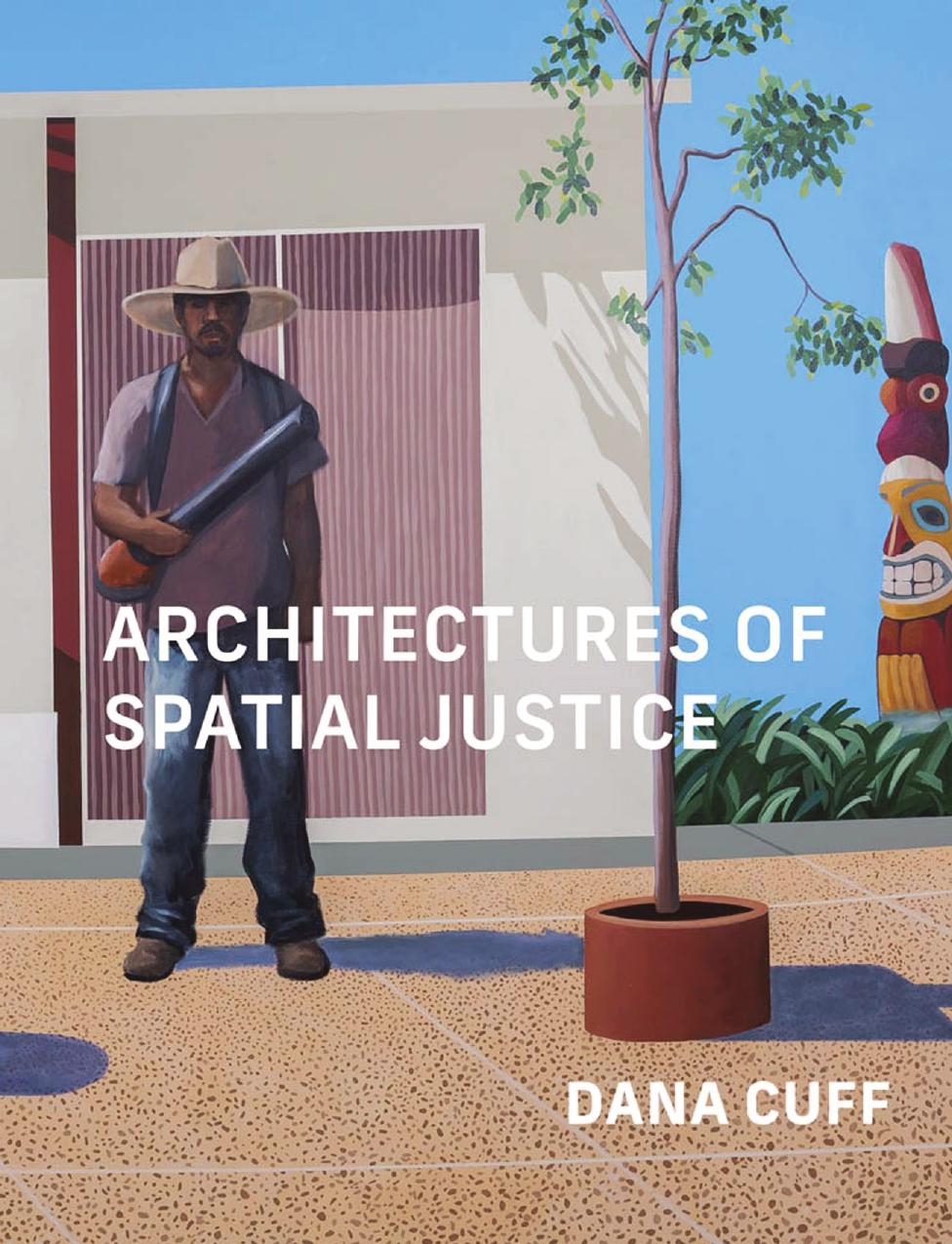Architectures of Spatial Justice by Dana Cuff

Author:Dana Cuff [Cuff, Dana]
Language: eng
Format: epub, pdf
Tags: Social justice; spatial justice; design ethics; public architecture; activist architecture; activism; cityLAB; Black Lives Matter; architecture; urbanism; equitable design; radical architecture; reparative design; social environment
Publisher: MIT Press
Published: 2023-03-03T00:00:00+00:00
FIGURE 4.11
This âthick mapâ aggregates sidewalk stories from numerous children in the Westlake community to show how they experience their neighborhood and its parks. Image by Gibson Bastar, courtesy of cityLAB.
FIGURE 4.12
MacArthur Park is the subject of a âthick mappingâ exercise in which local students add their impressions of the existing park and what might improve it. Courtesy of cityLAB.
5
GENERATIVE DEMONSTRATIONS
HALF-HOUSES AT QUINTA MONROY, ELEMENTAL, SANTIAGO, CHILE
Architect Alejandro Aravena, principal of the studio Elemental, designed the Quinta Monroy housing in Iquique, Chile in 2003. He describes the housing as âporous and incremental,â but neither term fully captures the distinctive quality of the ninety-three affordable units; each construct one portion of a residence while leaving another portion open for completion by the occupant at a later date. What is notable about Quinta Monroy is that the formal porousnessâso imageable in the photographsâis just one of many interrelated facets that create a generative demonstration of innovation in more equitable housing provision. The most comprehensive, influential facet is the design itself, but the project gains further authority in terms of investment, anti-displacement, construction, and wealth building. By putting these varied aspects of building together, Aravena created a prototype, which I will call simply a âhalf-house,â that is fundamentally a new type of accommodation. The model depends on leveraging design to make the new type legible. It is no wonder that photographs of Quinta Monroy's initial construction prior to inhabitation are so widely circulated. The project, with further study, also demonstrates how such open-endedness transfers agency over time from the architect and governmental sponsors to the occupants, with unexpected and sometimes unwanted results. Because Quinta Monroy is relatively well-known, this is less a description of the project than an analysis of the prototype's distinctive qualities and their implications for its proliferation.
Download
Architectures of Spatial Justice by Dana Cuff.pdf
This site does not store any files on its server. We only index and link to content provided by other sites. Please contact the content providers to delete copyright contents if any and email us, we'll remove relevant links or contents immediately.
Kathy Andrews Collection by Kathy Andrews(11739)
The remains of the day by Kazuo Ishiguro(8833)
Paper Towns by Green John(5094)
Spare by Prince Harry The Duke of Sussex(5078)
Industrial Automation from Scratch: A hands-on guide to using sensors, actuators, PLCs, HMIs, and SCADA to automate industrial processes by Olushola Akande(5001)
The Body: A Guide for Occupants by Bill Bryson(4978)
Machine Learning at Scale with H2O by Gregory Keys | David Whiting(4200)
Be in a Treehouse by Pete Nelson(3956)
Never by Ken Follett(3801)
Harry Potter and the Goblet Of Fire by J.K. Rowling(3776)
Goodbye Paradise(3730)
Into Thin Air by Jon Krakauer(3316)
The Remains of the Day by Kazuo Ishiguro(3296)
The Cellar by Natasha Preston(3265)
Fairy Tale by Stephen King(3230)
The Genius of Japanese Carpentry by Azby Brown(3228)
120 Days of Sodom by Marquis de Sade(3185)
Drawing Shortcuts: Developing Quick Drawing Skills Using Today's Technology by Leggitt Jim(3002)
The Man Who Died Twice by Richard Osman(2998)
